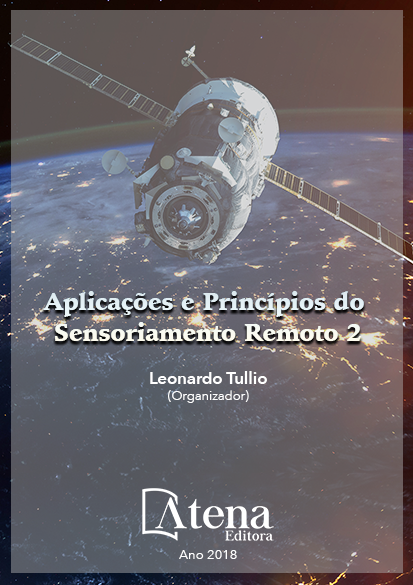
AVALIAÇÃO DO DESEMPENHO DE MODELOS DE DISTRIBUIÇÃO POTENCIAL DA ESPÉCIE WUNDERLICHIA AZULENZIS
Modelos de distribuição potencial
de espécies consistem em uma ferramenta
poderosa para programas de conservação de
recursos naturais, permitindo o mapeamento da
probabilidade de ocorrência das espécies. Esse
trabalho avalia o desempenho de algoritmos
de modelagem na distribuição da espécie
Wunderlichia azulenzis, que consta na lista
das espécies da flora ameaçada de extinção
no bioma Caatinga. A partir dos registros
de ocorrência da espécie no GBIF (Global
Biodiversity Information Facility) e de seis
variáveis ambientais, foram gerados mapas
de distribuição para a espécie por meio de
seis algoritmos distintos. Os algoritmos foram
divididos em dois grupos, (apenas presença ou
presença e ausência) e avaliados pelo critério
AUC (Area Under the Curve) e por informações
disponíveis na literatura. Os métodos da
Distância de Mahalanobis (apenas presença)
e Random Forest (presença e ausência) foram
considerados os mais eficientes, com elevados
AUCs (0,978 e 0,993, respectivamente) e
coincidência entre a distribuição gerada
e a distribuição esperada nos termos da
literatura especializada. Todos os modelos
testados apresentaram AUC satisfatório,
contudo a distribuição gerada muitas vezes
não correspondeu à distribuição esperada
pela literatura, indicando que o AUC deve ser
considerado em conjunto com outros critérios,
a fim de evitar falsos positivos. Os resultados
demonstram o potencial de aplicação dos
modelos de distribuição na conservação de
espécies.
AVALIAÇÃO DO DESEMPENHO DE MODELOS DE DISTRIBUIÇÃO POTENCIAL DA ESPÉCIE WUNDERLICHIA AZULENZIS
-
DOI: Atena
-
Palavras-chave: modelagem de distribuição de espécies, distribuição potencial, caatinga
-
Keywords: specie distribution modelling, potential distribution, caatinga.
-
Abstract:
Potential distribution models,
when allowing the occurrence mapping of
species, can be a powerful tool for conservation
of natural resources programs. This work
evaluates the performance of modeling algorithms in the distribution of the species
Wunderlichia azulenzis, which appears in the list of species of endangered flora in
the Caatinga biome. From the occurrences recorded for the species in GBIF (Global
Biodiversity Information Facility) and six environmental variables, distribution maps for
the species were generated from six different algorithms. The algorithms were divided
into two groups, (presence or presence and absence only) and evaluated by the AUC
(Area Under the Curve) criterion and by information available in the literature. The
Mahalanobis distance (presence only) and Random Forest (presence and absence)
methods were considered the most efficient ones, with high AUCs (0.978 and 0.993,
respectively) and coincidence between the distribution generated for the species
and the expected distribution according to the specialized literature. All the models
tested presented satisfactory AUC, but the results were not always consistent with
the literature expected distribution, indicating that the AUC criterion should be used in
conjunction with other information, to avoid false positives. The results demonstrate
that the distribution models have a high potential to contribute for species conservation.
-
Número de páginas: 15
- Cristiano Christofaro Matosinhos


